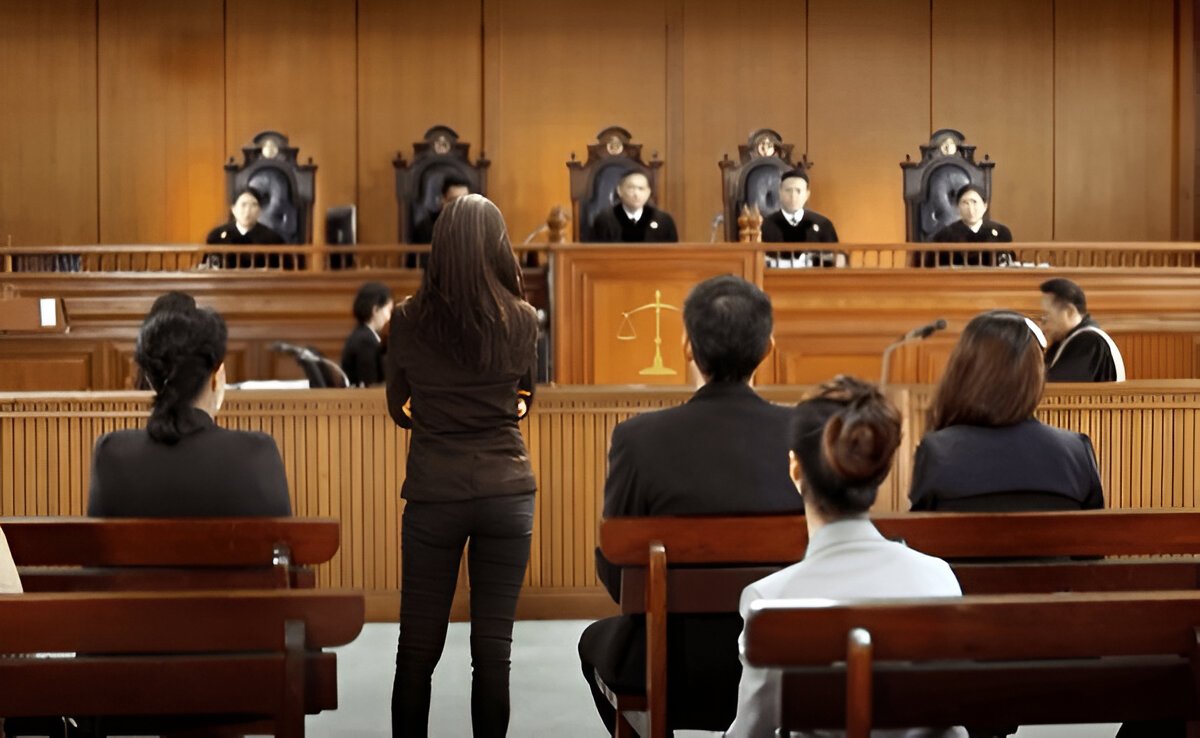Recently a major controversy erupted after a large amount of unaccounted cash was discovered in the official residence of Delhi High Court Judge Yashwant Verma during Holi vacations. The money came to light after a fire broke out at the bungalow, leading emergency services to inform the police. Justice Verma was not present at the time, and upon learning about the incident, the Supreme Court Collegium, led by Chief Justice Sanjiv Khanna, took serious note of the matter and unanimously decided to transfer him back to the Allahabad High Court. Sources indicate that further action, including an internal inquiry or even resignation, was being considered.
The incident has left the judiciary shaken, with Delhi High Court Chief Justice DK Upadhyaya acknowledging the impact on judicial integrity. Legal experts, including senior advocate Kapil Sibal, have called for a more transparent judicial appointment process to prevent such issues. As per Supreme Court guidelines, if allegations against a judge are serious, the Chief Justice can initiate an internal probe, which may eventually lead to parliamentary removal under Article 124(4) of the Constitution.
How Can High Court Judges Be Removed?
The independence of the judiciary is a fundamental principle enshrined in the Indian Constitution. To safeguard this independence, High Court judges enjoy security of tenure and can only be removed through a rigorous constitutional process. The procedure for removal is designed to prevent arbitrary actions and ensure that judges can discharge their duties without fear or favor.
Constitutional Provisions for Removal
The removal of High Court judges is governed by Article 217(1)(b) and Article 218 of the Constitution of India. These articles provide that a judge of a High Court may be removed only by an order of the President of India, based on a motion passed by both Houses of Parliament.
Additionally, Article 124(4) and Article 124(5), which primarily deal with the removal of Supreme Court judges, also apply to High Court judges through Article 218.
Grounds for Removal
A High Court judge can only be removed on two grounds:
- Proved misbehaviour
- Incapacity
The term "misbehaviour" is not explicitly defined in the Constitution, but it generally includes acts of corruption, misuse of office, violation of judicial ethics, or conduct that undermines the dignity of the judiciary.
The Removal Process
The procedure for removing a High Court judge is laid down in The Judges (Inquiry) Act, 1968. The steps involved are as follows:
- Initiation of Motion:
- A removal motion must be signed by 100 Members of Lok Sabha or 50 Members of Rajya Sabha and submitted to the Speaker of Lok Sabha or the Chairman of Rajya Sabha, respectively.
- Scrutiny by the Presiding Officer:
- The Speaker/Chairman decides whether to admit the motion. If admitted, a three-member inquiry committee is constituted to investigate the charges.
- Composition of Inquiry Committee:
- The committee consists of:
- A sitting Supreme Court judge
- A Chief Justice of any High Court
- A distinguished jurist
- The committee consists of:
- Inquiry Process:
- The committee examines evidence, hears the judge’s defense, and submits its report to the Speaker/Chairman.
- Parliamentary Approval:
- If the committee finds the judge guilty, the motion is taken up for debate and voting.
- The motion must be passed by a two-thirds majority of members present and voting in both Houses of Parliament.
- Presidential Order:
- Once both Houses pass the motion, it is sent to the President of India, who issues an order for the judge’s removal.
In-House Mechanism for Addressing Misconduct
Apart from the formal removal process, the judiciary has developed an in-house procedure to deal with complaints against judges. Introduced in 1997, this mechanism allows the Chief Justice of India (CJI) to constitute a committee for internal inquiries.
- If the committee finds serious misconduct, the judge is advised to resign or take voluntary retirement.
- If the judge refuses, judicial work may be withdrawn.
- The President and Prime Minister are informed, paving the way for formal removal proceedings.
Notable Cases of Removal Proceedings
- Justice V. Ramaswami (1993): The first judge against whom impeachment proceedings were initiated. Though the motion passed in Lok Sabha, it failed due to lack of a two-thirds majority.
- Justice Soumitra Sen (2011): The Rajya Sabha passed an impeachment motion, but he resigned before the Lok Sabha could vote.
- Justice P.D. Dinakaran: Faced corruption charges but resigned before impeachment proceedings could be initiated.
Challenges and Criticisms
- High Threshold for Removal: The requirement of a two-thirds majority in both Houses makes removal extremely difficult.
- Political Influence: The process can be politicized, either to protect or to target judges.
- Lack of Alternative Mechanisms: The absence of a disciplinary authority for judges other than impeachment makes accountability challenging.
- In-House Procedure Limitations: The in-house mechanism does not have statutory backing, making enforcement uncertain.
Conclusion
The removal of High Court judges in India is a constitutionally protected process that ensures judicial independence while maintaining accountability. However, the high threshold for removal means that only the most serious cases reach impeachment. To strengthen judicial accountability, India may need alternative mechanisms such as an independent judicial complaints commission while preserving the judiciary’s independence from political influence.

